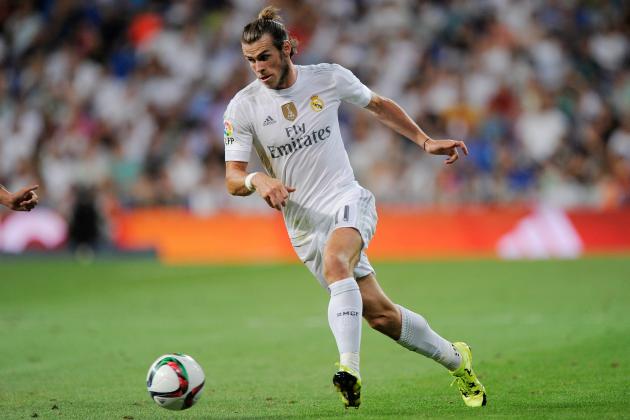
How is getting faster, related to gym training? The key is through specific training. I will break down three of the most important aspects of specific training to improve your sprinting speed.
- Technique Training: When biomechanics and technique training is mastered, then you can maximize your capacity of your full sprinting velocity through your coordinated movements. The correct technique and biomechanics should be supplemented with actual sprint training and weight lifting.
- Specific Power and Speed Weight Lifting: After mastering the biomechanics and technique of running and sprinting, both in nonlinear and linear pathways, then we can start introducing force production which is ultimately the areas that make you faster. Correct form on lifting heavy and light can lead to maximum force production, resulting in faster sprinting and running overall.
- Plyometric and Explosive Training: Plyometric and explosive training should be the final touch, the mastery of form and technique is critical if you want to get the most out of reactive training such as these aspects. It puts your body into a reactive and explosive state, which training the muscles and nervous system to produce the fastest movements it cans.
Concluding, when combining these aspects of training, you can become a very explosive and fast athlete, both in nonlinear and linear planes of motion. These key steps are crucial for developing your maximum capability in sprinting. With more details and a proper program, using these steps can sky rocket your sprinting abilities to the next level.
Citations:
Keiner, Michael1; Sander, Andre2; Wirth, Klaus1; Schmidtbleicher, Dietmar1. Long-Term Strength Training Effects on Change-of-Direction Sprint Performance. Journal of Strength and Conditioning Research: January 2014 – Volume 28 – Issue 1 – p 223-231doi: 10.1519/JSC.0b013e318295644b
Keller, Sebastian; Koob, André; Corak, Dino; von Schöning, Valerian; Born, Dennis-Peter. How to Improve Change-of-Direction Speed in Junior Team Sport Athletes—Horizontal, Vertical, Maximal, or Explosive Strength Training?. Journal of Strength and Conditioning Research: February 2020 – Volume 34 – Issue 2 – p 473-482doi: 10.1519/JSC.0000000000002814
Dos’Santos, Thomas1,2; Thomas, Christopher1; Comfort, Paul1,3; Jones, Paul A.1. Biomechanical Effects of a 6-Week Change of Direction Speed and Technique Modification Intervention: Implications for Change of Direction Side step Performance. Journal of Strength and Conditioning Research: October 2022 – Volume 36 – Issue 10 – p 2780-2791
doi: 10.1519/JSC.0000000000003950